
Dante’s Divine Comedy is one of the undisputed masterpieces of world literature and the crowning achievement of the medieval world-view. Representing the allegorical journey of the soul through the three realms of the afterlife, Inferno, Purgatory and Paradise, the Comedy offers a series of vividly dramatic scenes that has ignited the imagination of artists throughout the centuries, especially the unforgettable voyage through the seven circles of Hell, where Dante with his guide Virgil hear the stories of sinners as they undergo the eternal torments of the damned.
Sandro Botticelli produced a number of exquisite silverpoint illustrations, probably commissioned by Lorenzo De Medici during the latter years of the 15th Century, however the project was never completed. William Blake taught himself Italian to be able to read the Comedy in the original and spent his final days feverishly working on a series of sublime watercolours. Gustave Dore’s sombre and majestic otherworldly etchings are probably the greatest completed visual rendition of Dante’s narrative. In the twentieth century Tom Phillips produced a unique take in his limited edition of Inferno.
Below are examples of the four artists work based around episodes set in the Inferno. I have also included Stockhausen’s Luzifers Abschied, which has to rank as the strangest, most left field, left handed experimental piece of music (or any other media, for that matter) included in Cakeland; just in case anyone wants to really immerse themselves in the infernal atmosphere of the artworks.
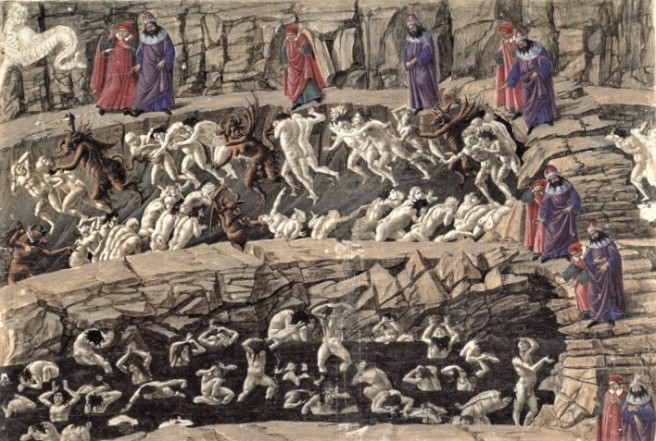
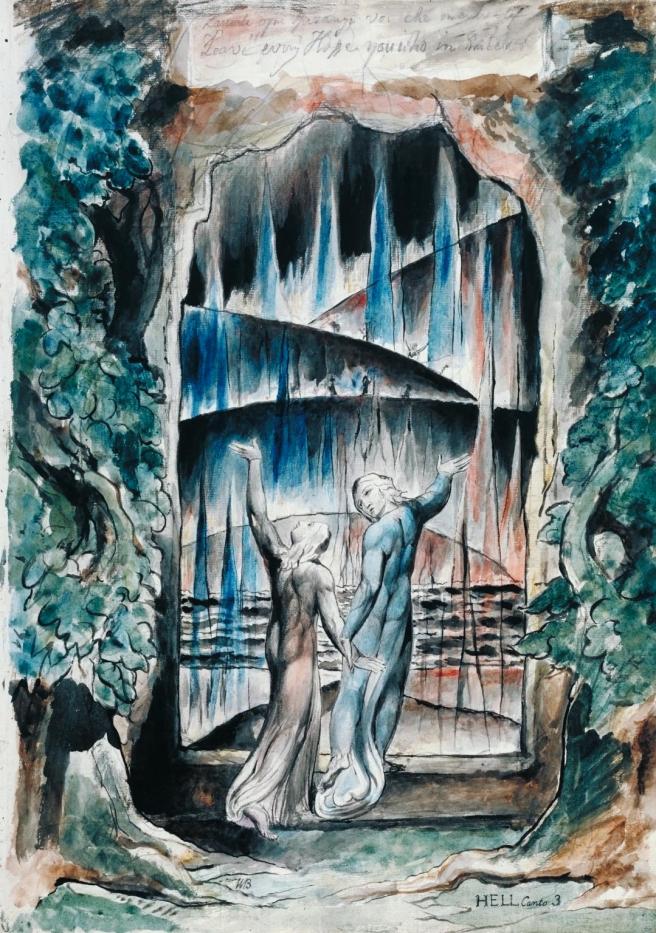

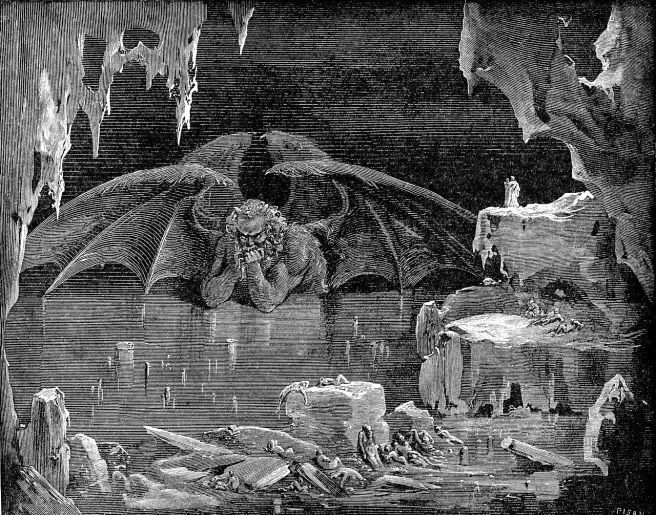
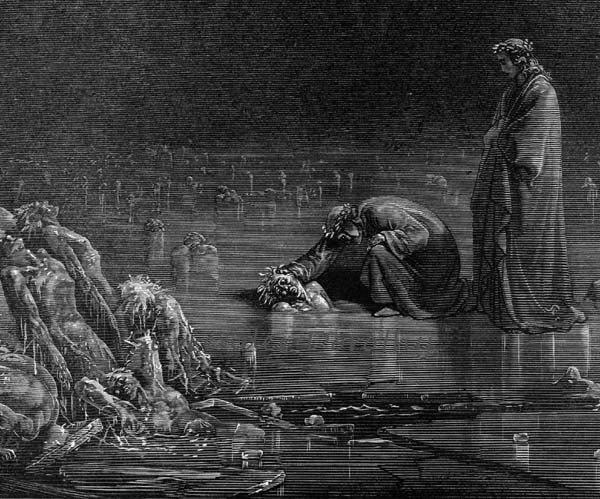
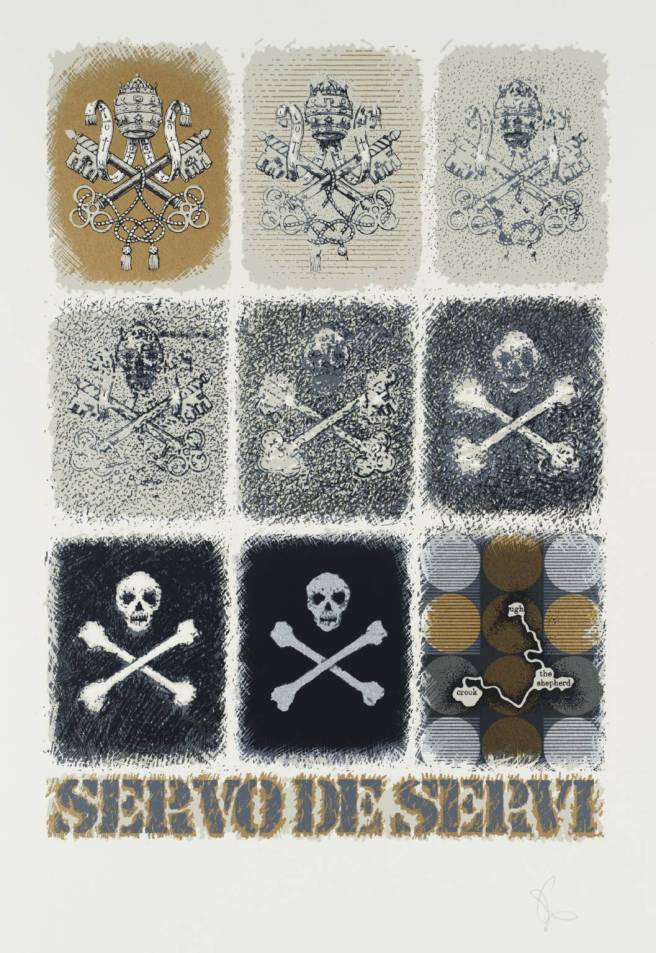
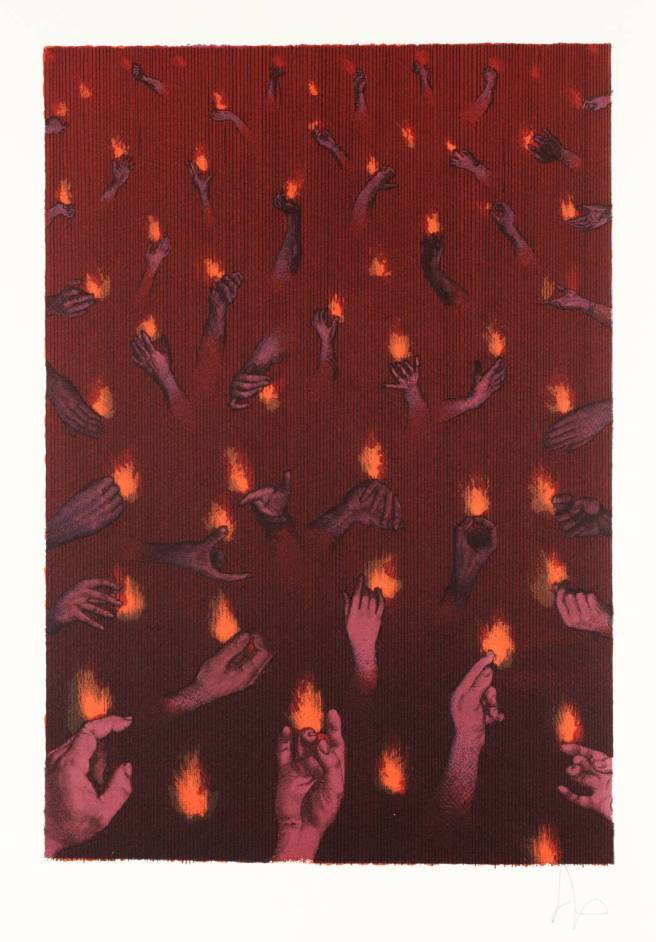

Beautiful art and intriguing beyond words . I’m especially captivated by Botticelli’s Art. The beautiful colors and design belie the darkness. Your narrative is most interesting Mr. Cake and I must research his work further. I find Blake’s art quite beautiful as well, maybe more so.
LikeLiked by 2 people
Thank you Miss Heart. The Divine Comedy is a very impressive poem with stunning set pieces. Also very visual for a narrative poem so the artist is spoilt for choice. Not sure which is my favourite, they convey something in their own ways. Glad you enjoyed!
LikeLiked by 1 person
Ooh fantastic! I have the Dore illustrations and always find new details to fixate and ponder upon. The Comedian is an exceptional work, one can return to it over and over again and find new, deeper meanings and applications. Bravissimo
LikeLiked by 2 people
Thank you Lily. I love art based on literature and Dante’s masterpiece has prompted some exceptional art. No reason to abandon all hope just yet.
LikeLiked by 1 person
*Comedia not comedian … ugh
LikeLiked by 1 person
Typos, the bane of writing.
LikeLiked by 1 person
Exquisite pieces … thanks for sharing.
LikeLiked by 1 person
Thank you JT, glad you enjoyed.
LikeLike
These are incredible!! A few years ago, I took an on-line course, a MOOC, in all three parts of The Divine Comedy, six weeks each, and it was one of the most interesting few months of recent years. We were introduced to the Dore works there, which seemed to illustrate it perfectly. But I like these other ones too.
LikeLiked by 1 person
Thank you Karen. I would agree that the Dore are the standard, however it is always good to see other interpretations which may bring to the fore other aspects. Glad you enjoyed!
LikeLike
A very impressive narrative as always Mr Cake.
LikeLiked by 1 person
Fascinating and beautiful artworks. My favourites have to be the Botticelli ones, but Dore etchings are also striking.
LikeLiked by 1 person
I remember reading Dante’s Inferno in high school. I was delighted when we had to do a special project, creating a magazine about and for the subjects in hell. My mother might still have it in a box somewhere, I’ll have to look! I’m always fascinated by artists’ portrayals of hell.
The music sounds like it would be great for a dinner party. 😉
LikeLiked by 1 person
I wonder about your dinner parties if this is the soundtrack. Glad you enjoyed…I have been very absent here lately, I do apologise.
LikeLiked by 1 person
I like to keep it weird! No worries, I’m going to be absent for awhile as I’m moving to a new apartment this weekend. Life happens.
LikeLike
Good luck with your move. Keep on keeping it weird!
LikeLiked by 1 person
Wonderful!
LikeLiked by 1 person
Thank you very much glad you enjoyed (if enjoyed is the right word).
LikeLike